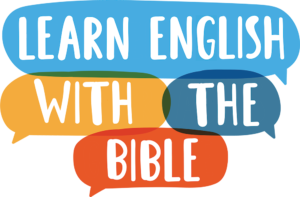
Learn to Pronounce English Consonants
When you learn to speak English, you will need to make sounds that you may not have in your language. In this section, we will learn how to pronounce English consonants as they are listed in the International Phonetic Alphabet (IPA).
What Is a Consonant?
A consonant sound is a sound that you make when you slow or stop the flow of air with part of your mouth. You use different parts of your mouth to stop the air for different letters. For example, when you say “b,” as in “boy,” you stop the air with your lips. When you say “s,” as in “see,” you slow the flow of air with your tongue behind your front teeth.
Two Kinds of Consonants
There are two kinds of consonants – voiced and unvoiced. Voiced consonants use sound from your vocal cords to help make the sound. Unvoiced consonants use only your breath.
All consonants are either voiced or unvoiced. We can study many of the consonant sounds in pairs, because they take the same mouth position. The only difference is if the sound is voiced or unvoiced. For example, we study the consonants t and d together because they take the same mouth position. T is unvoiced, and d is voiced.
How Many Consonant Sounds Are There in English?
The English alphabet has 21 consonants, and there are 24 different sounds these letters can make.
Some letters have two sounds, and some letters have no unique sound of their own. Some consonant sounds in English are made of two letters together, like the ch sound in church. These sounds have their own symbol in the IPA, and we’ll learn them, too.
In this pronunciation section, we are going to study the sounds, not the letters. We will study each sound that has an IPA symbol. We will learn more about each letter in the spelling section.
Two Keys to Correct Pronunciation -
Listening and Practice
The first key to good English pronunciation is listening A LOT to native English speakers in the part of the world where you live. But just listening isn’t enough. You also have to speak, and repeat the sounds you hear. Speaking practice is essential. The more you speak, the better your pronunciation will become. And the better your pronunciation becomes, the more confidence you will have to continue speaking.
Click on the links below to learn about each English consonant sound. You will find an explanation of how to make the sound, as well as videos that show you more clearly how to pronounce the sound and many sample words.
You may do the lessons in any order you prefer. I suggest starting with the first lesson, the Stop Consonants. These letters have a unique feature to their pronunciation, and they are common letters in a lot of English words. Next, do the lesson on T and D.
Finally, be sure to have fun and keep practicing!
